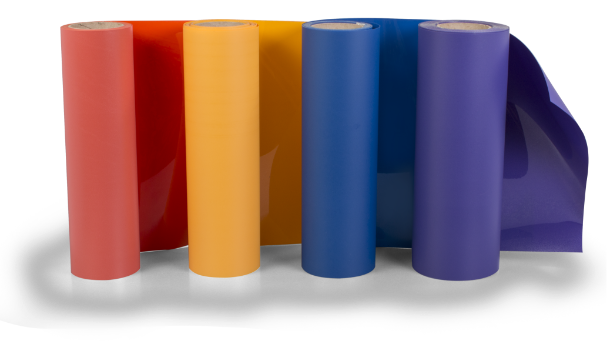
How to choose the right blade for HTV? Choosing the right blade for your CAD-CUT heat transfer vinyl can help make sure the cut is clean and perfect. Stahls’ has replacement blades for Graphtec, Roland and other vinyl cutters.
How to Choose the right blade for HTV
Are you wondering if you’re using the right cutter blade for the CAD-CUT HTV you are trying to cut?
The right cutter blade can make all the difference in the success of your job.
Did you know there are different blades for materials of different thicknesses?
For example, if you are planning to cut a thicker material such as Stahls’ CAD-CUT Soft Foam, you will need a 60° blade. This type of blade is also recommended for cutting CAD-CUT GlitterFLAKE. For films and other thinner materials, such as CAD-CUT UltraWeed or CAD-CUT Thermo-FILM, you can use a 45° blade.
Make Sure Your Blade is Sharp
In addition, you will also need to make sure your blade is sharp and not damaged.
If the tip of your blade is damaged, it won’t cut properly.
More Tips on Blades
- Always start with a low pressure setting and do a test cut
- If the initial cutting pressure is set too high, your blade can penetrate the backing paper
- High pressure can damage the cutting strip or roller underneath
- If you make this mistake the damage is instant and reducing the pressure AFTER the damage still leaves you with a damaged blade.
- Use undamaged scraps of material for testing purposes. If you use scraps with uneven edges, your blade can be damaged during testing.
- Use extreme caution when removing blade and blade holder. Accidentally touching blades on parts of your cutter can also cause damage.
- Blades should always be stored separately with tips protected
- When cutting thicker heat transfer materials, use one appropriate for the thickness
- Keep several blades and holders ready for exchanging as you change materials
- Never allow the cutting tip of the blade to touch anything other than the material
- Once the tip is damaged, the blade is irreparable
- Consider purchasing premium cutter blades for better results
Check Your Cutter Blades Before You Cut
We know it’s easy to get frustrated when heat transfer materials are more difficult to cut and weed than expected. It’s also a huge cost to your business when materials don’t weed properly and easily. We take the quality of our heat transfer materials very seriously because we know that time is money, especially when you are cutting and weeding.
Cutter blades are high precision tools. When they are manufactured, they are sharpened to within a few microns. When you receive them, they are usually very carefully wrapped and protected.
As you know, Tungsten Carbide—the material out of which most blades are made—is extremely brittle. Even though it is one of the hardest substances known to man, it becomes susceptible to damage when it is ground to the fine edge needed for cutting heat transfer materials.
However, many blades are in fact ruined by carelessness before they even cut their first piece of material. And many more are ruined after the first round of cutting. This damage is often not visible without a microscope. In fact, if you can see that the blade is damaged without a microscope, there is usually no chance you can continue using that blade.



One comment